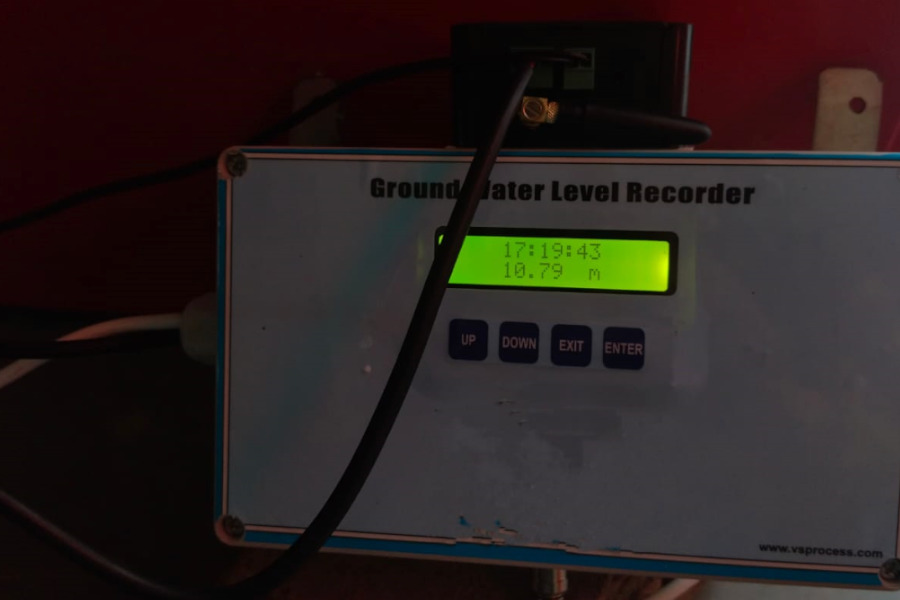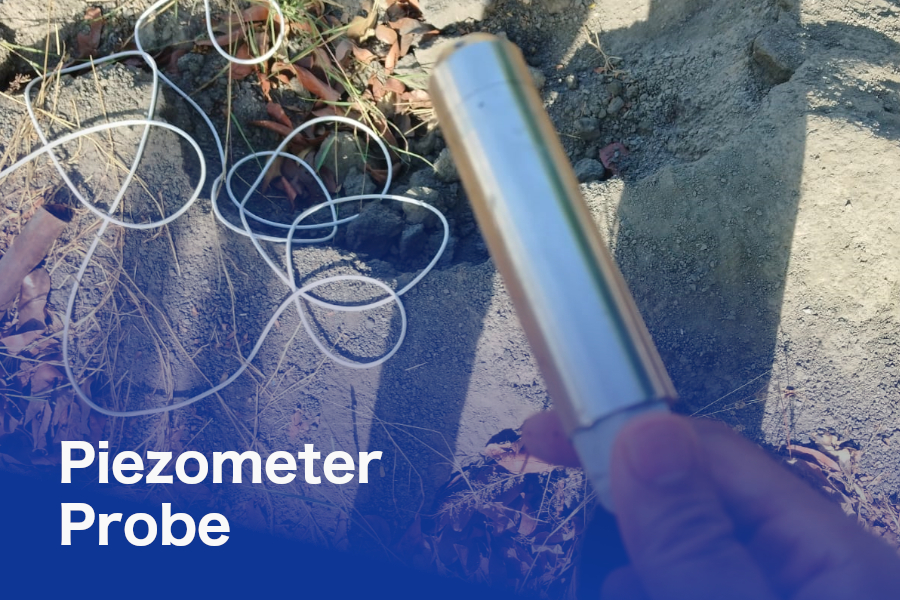Piezometer
As per CGWA Compliances Piezometer are required to be installed within a plant premises for Groundwater monitoring purposes.
[ Rated 4.9 by more than 2500+ Customers Globally ]
Team Members
Sector Expertise
Our Happy Clients
We have worked with India’s Greatest Companies Since 2001

Among Asia Top 100 Consulting Firm


Lowest Consulting Fees Rate in India


Best CGWA Consultancy in India
A piezometer is a device used to measure water level fluctuations in a borewell.
A piezometer records water table depth on a regular basis and provides detail on changes in static water level in a borewell
As per CGWA Compliances Piezometer are required to be installed within a plant premises for Groundwater monitoring purposes.

Groundwater Level Recorder

Installation of Piezometer using Telemetry System?
Piezometer
For installing piezometer a borewell is required upto a depth of 50 meters (minimum)
A probe is Installed inside borewell beneath the static water level. The probe is connected with metered wire to display unit
Display unit shows the exact reading of static water level at a given time and readings fluctuate with seasons
Display unit is connected with a 4 G sim which transfers realtime data on cloud
Data present on cloud can be fetched using ID/Password and real time reports can be seen
A piezometer successful installed can provide input on water table fluctuations i.e water table can be monitored
A piezometer can decide if there is over exploitation of water or rainwater harvesting measures are successfully implemented within a given area
A piezometer is an instrument used to measure the pressure of liquid or gas in a system. It is commonly used to measure the pressure of groundwater or the pore pressure within soil or rock.
Standpipe Piezometers, Pneumatic Piezometers, Vibrating Wire Piezometers, Digital Piezometers
Piezometers help monitor pore water pressure, which is crucial in construction projects to ensure stability and safety. They provide data that can prevent soil liquefaction, landslides, and other ground failures.
Piezometers can be purchased from specialized geotechnical and environmental engineering suppliers. Ensure to buy from reputable manufacturers to guarantee quality and support.
Perform regular calibration checks, Keep the device in good working condition through regular maintenance and inspections.
Ensure the piezometer is free from sediment or debris. Regular cleaning and maintenance can prevent this.
Regular calibration checks and adjustments are necessary to maintain accuracy.
A piezometer is used to measure groundwater levels and pressure within soil or rock layers, providing critical data for hydrogeological studies.
A piezometer manometer is a device that combines functions of a piezometer and a manometer, allowing for measurement of both groundwater pressure and fluid column height.
A piezometer measures groundwater pressure while an inclinometer measures the angle of slope or tilt of structures, helping assess stability in engineering applications.
Typically, water is used in piezometers; however, other liquids may be used depending on specific applications.
Vacuum pressure is also referred to as negative pressure or sub-atmospheric pressure.
The principle of a piezometer relies on measuring the height of a fluid column that reflects the hydraulic head at that point in the groundwater system.
A manometer is an instrument used to measure the pressure of gases or liquids by balancing them against a column of liquid.
I recently used the soil resistivity website and was impressed with the accuracy and ease of use of the tools provided. The site helped me to accurately measure the resistivity of the soil on my property and provided me with all the necessary information I needed for my project. I highly recommend this site to anyone looking for reliable soil resistivity data.
Bhoojal Survey website is a game-changer for our business. I recently used the earth resistivity testing services provided by Bhoojal Survey, and I must say I was thoroughly impressed. The website was easy to navigate and provided all the information I needed to understand the testing process and the benefits it could provide for my business. The team at Bhoojal Survey was extremely knowledgeable and professional, and the test results were accurate and reliable.
I recently had to obtain a NOC from CGWA for groundwater extraction, and I must say that the process was made extremely simple and efficient thanks to the team at Bhoojal Survey. The website provided all the necessary information, and the team was always available to answer any questions I had throughout the process. I highly recommend Bhoojal Survey for anyone looking to obtain a NOC for groundwater extraction.